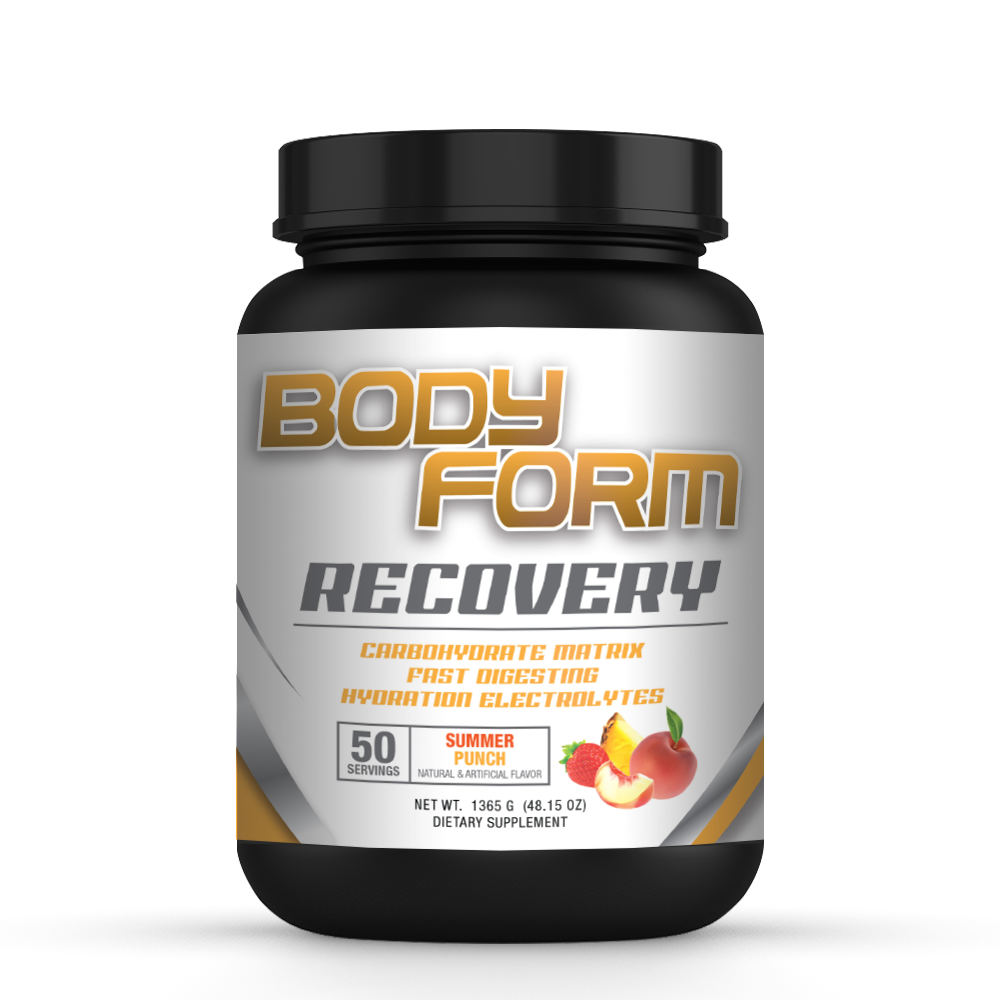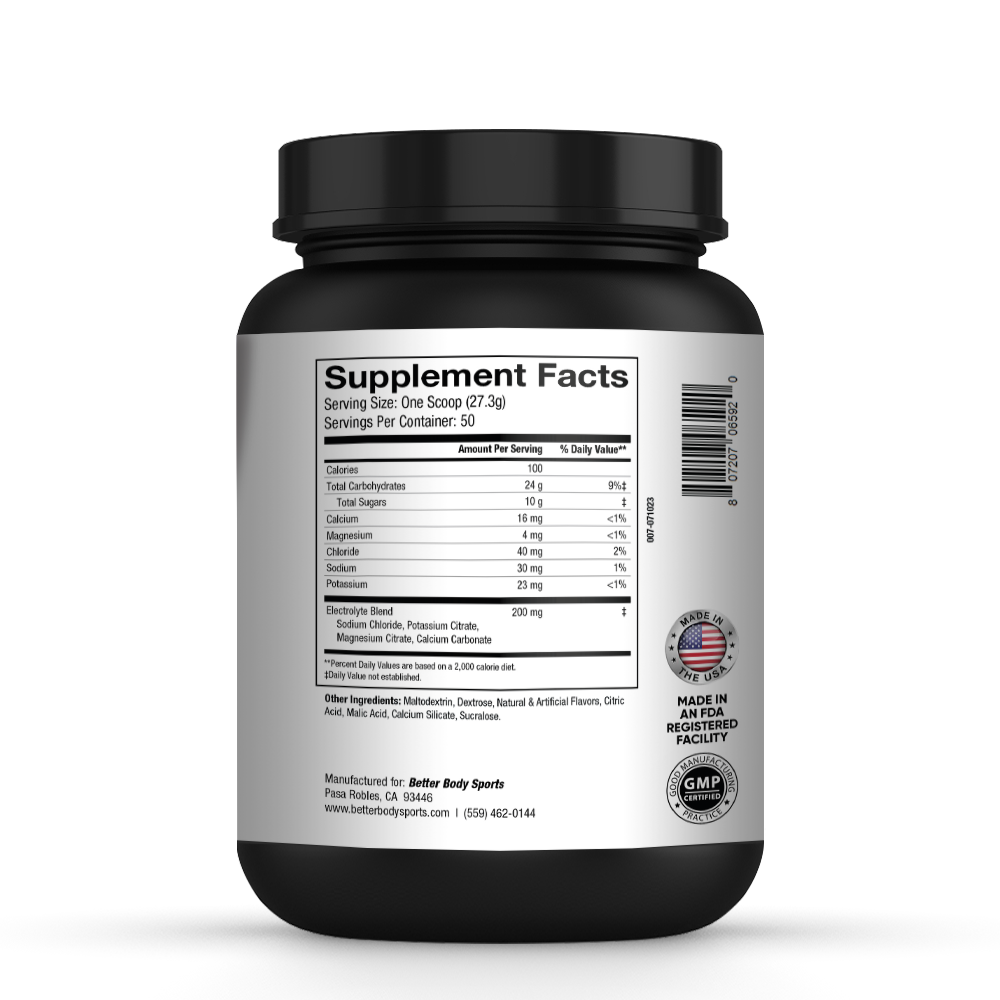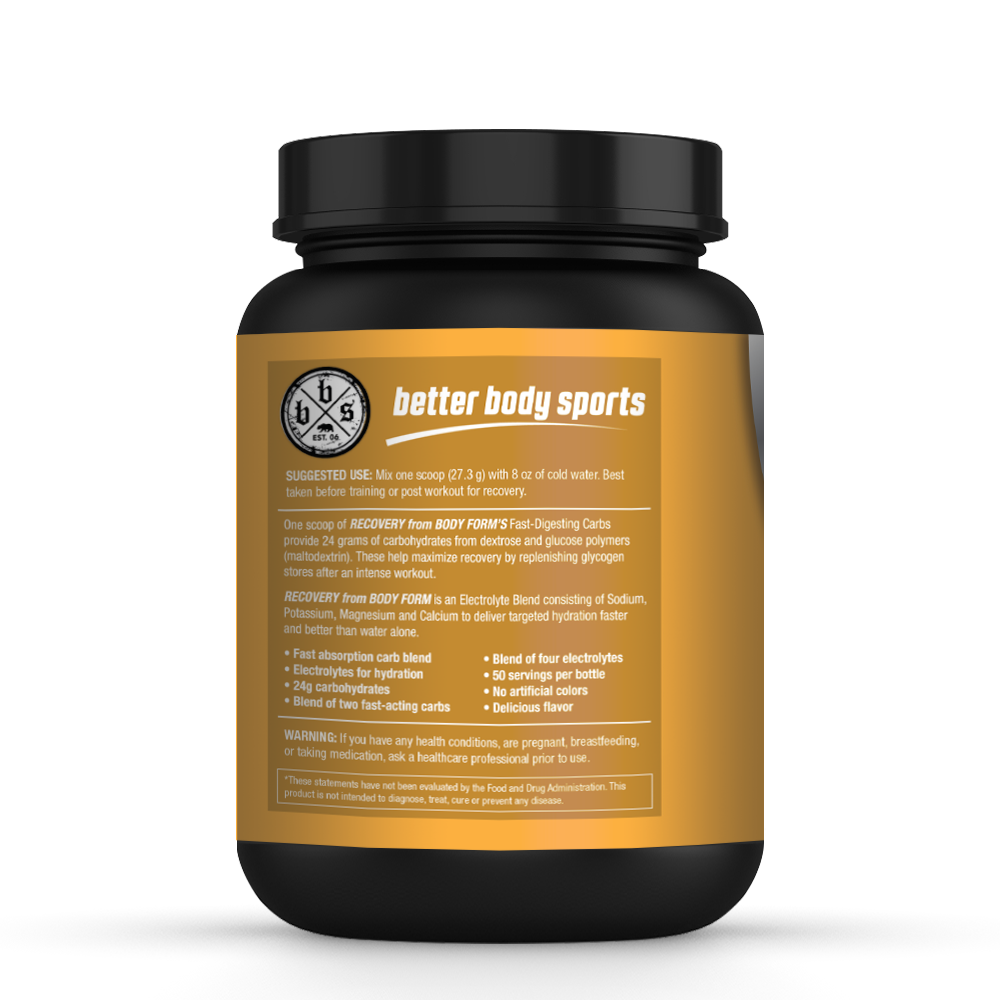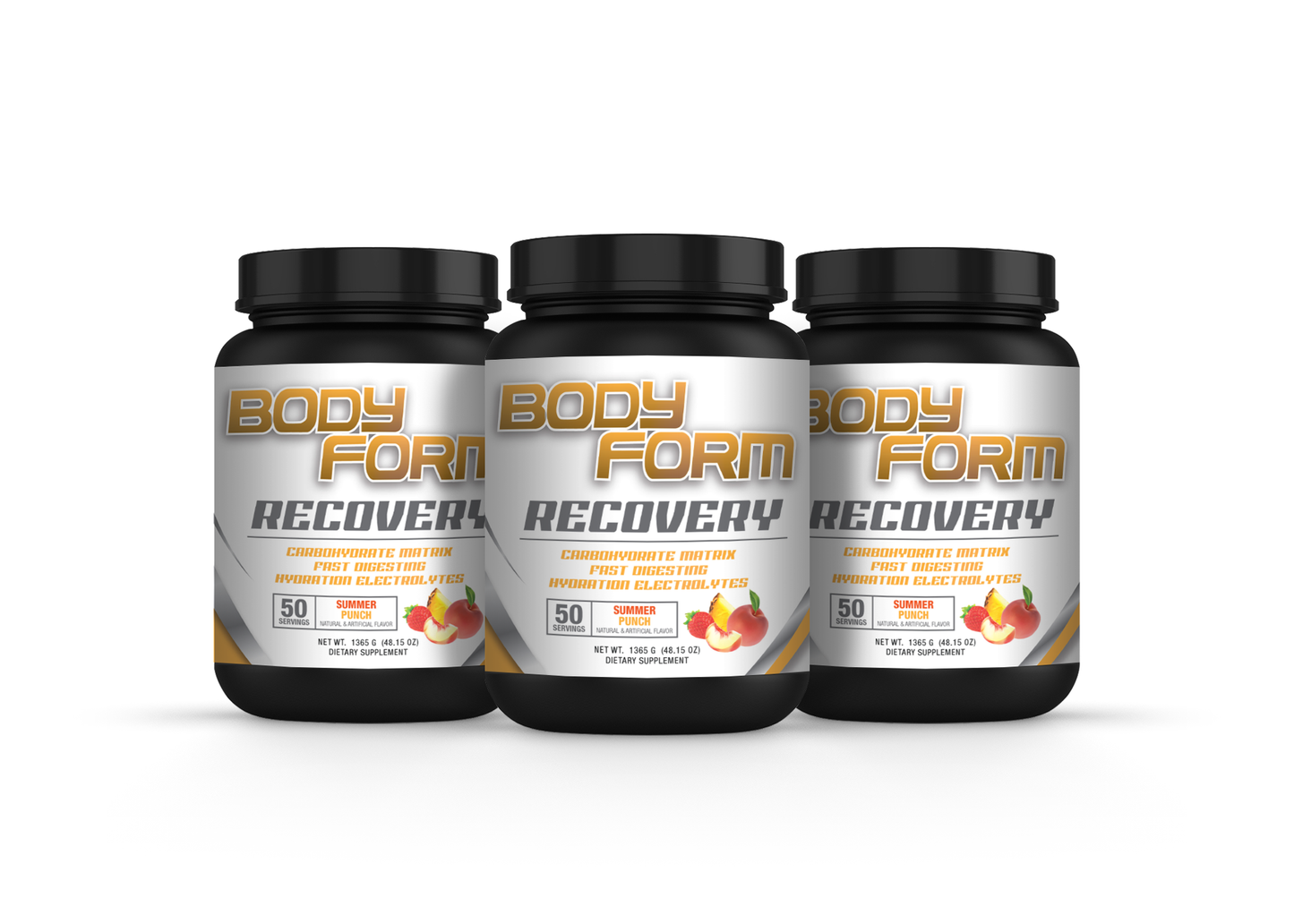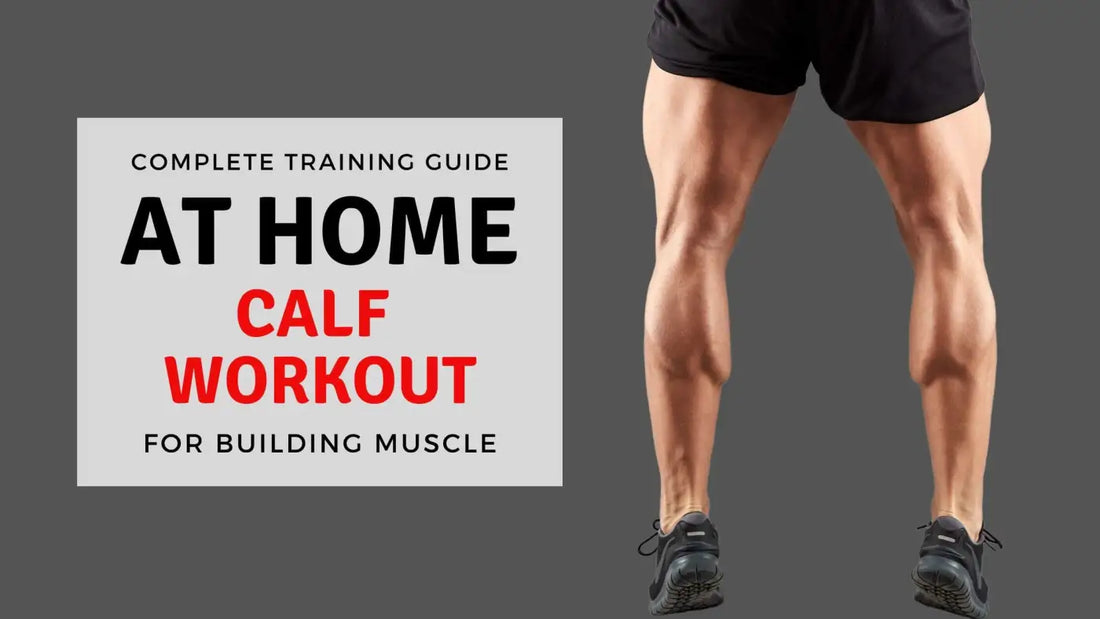
At Home Calf Workout
Share
The Calves are perhaps one of the most stubborn muscle groups on the body. Many suffer from small calf muscles because of genetics, while others suffer from a lack of frequency, intensity, and workout variation. If you have small calves stemming from the training related issues, we have a workout that you can use in your home gym to put mass on your calves.
Calf Muscle Exercises At Home
Do not assume for a second that the only way to develop bigger calves is by using a calf machine. You can build a wide range of calf exercises that only require a few at home fitness tools. If you do not have thousands of dollars to spend on a calf raise machine, this workout will serve you well for years to come.
We are not talking about the basic body weight calf exercise where not enough resistance is created to build muscle mass. We are talking about heavy load workouts where the muscle will feel like it went through a war rather than a warmup.
Optional Calf Training Equipment For Your Home Gym
Assuming that you have a power rack, barbell, and weight plates, here are the other tools to get the most out of this workout. They are not required but help to make the exercises easier to set up and perform.
- Calf block
- Dip belt or belt squat belt
- Resistance bands
Warming up the Calf Muscles
Speaking of warm up, since the calf muscle is in the lower extremity of your body, warm up the muscle and bring blood to the lower leg. This helps to prevent injury but also prepares you for the mind muscle connection required to develop maximum muscle mass.
Walking Calf Raise
One of the best things we can do is to go for a walk while being conscious of our calves. Go for a walk around your block before you begin your workout paying attention to each lift off where you contract your calves. This gentle awakening of the mind and body will prepare you for the workout ahead.
Tibialis Toe Raise
To begin our strength training, we will train the opposing muscle group. The tisibial anterior sits just outside of your shin on the front of your lower leg. Performing a tibia toe raise helps warm up the ankle, stretch the calf muscle, and strengthen the tibia muscle. It is the perfect exercise for gently waking up the legs.
To perform this exercise, sit on a workout bench or chair and place your heels on the calf block and toes under a light weight plate or dumbbell. Slowly raise your toes up and back down, working the tibialis anterior like you would your biceps. Use a controlled muscle and squeeze at the top of the contraction. While we are technically warming up for the calf workout, take this time to train the tibialis to develop muscle balance and a more complete physique look.
Building Calf Strength
You must get stronger in order to build bigger calves. People often forget the overload principle when training calves. Even in a gym, you will see people using the same weight on a calf raise machine for years yet expect new growth to occur. The following exercises need to be treated in the same way that you would treat a barbell squat or bench press.
There is more than one way to increase strength, so don’t feel you need to increase the weight with each workout. Other methods of increasing strength are total reps, time under tension, rest time, or using tools such as resistance bands adding more intensity at the top of the lift.
No matter your method of progress, you must-make-progress.
Standing Calf Raise At Home
You may have tried this exercise if you have worked out at home for some time. The standing calf raise is the most simple of the calf exercises to perform at home. While it is simple, it is also effective, and is one of our primary means of training the gastrocnemius muscle.
The problem is, unlike a standing calf raise machine; it forces you to stabilize and balance the weight, which takes focus off the calves. There are several ways to work around this.
Option #1
Hold the weight in one hand while using the other to hold your power rack or stable object. With this version, one calf receives more tension than the other. You can perform this as a single leg calf exercise or do an even number of sets, switching hands with each set. The limitation to this option is how much weight you can hold in each hand, making it better for higher rep sets.
The second option is to use your power rack and set up your barbell with a resistance band on each side of the barbell. Resistance bands will take some of the balance requirements off of your body as they prevent you from falling forward or backward when in a tightly stretched position. Loop your bands through band pegs, a few heavy weight plates or dumbbells on the ground and then place them on your barbell.
Standing Calf Raise With a Dumbbell: 3-4 sets x 15-20 reps
Or
Standing Calf Raise With a Barbell & Resistance Bands: 3-4 sets x 10-15 reps
At Home Seated Calf Raise
The seated calf raise is also known as the lazy person’s calf workout. Let’s be honest, on leg day, training calves after squats, lunges, and other brutal exercises, makes it hard to find enough energy for difficult calf muscle exercises. Resting on a seated calf raise machine seems like the right choice for finishing your leg workout.
But the seated calf raise is more than just a lazy calf exercise. By having your calves at a near 90-degree angle from your upper legs, you position your body in a way that it better targets the soleus muscle.
The best way to perform the seated calf raise at home is by taking your workout outside. Take your bench out and lay it in the same direction as your curb. Place your calf block into the street so that your leg is at 90-degrees when you fully contract your calves.
Place a weight plate or dumbbell onto your legs and perform the exercise. Because you can only place so much weight on your legs, we should perform this exercise with a very slow eccentric (stretch) and concentric (squeeze) contraction.
Be sure to wave at your neighbors and people passing by when you perform the exercise. You are bound to get some interesting looks with this outdoor leg exercise. But you are willing to do whatever it takes to free yourself from having small calves, right?
Seated Calf Raise With a Dumbbell: 3-4 sets x 15-20 reps
At Home Donkey Calf Raise
The donkey raise is a lost art in the lifters quest for bigger calves. This exercise will put some serious mass on your lower legs and is a great way to finish out the strength training portion of this calf workout. The donkey calf raise targets the gastrocnemius, soleus, and strengthening the achilles tendon.
Place your feet on the calf block and let your body fall to approximately 90 degrees. Keep your butt back and high as you press the toes and raise the heels. After a few practice sets, you can add weight by loading up a dip belt or belt squat belt. If you do not have these, you can have someone place a weight plate on your back.
Weighted Donkey Calf Raise: 3 sets x 10-15 reps
Training Your Calves With High Volume
There is a debate among fitness experts about what is the right rep range for training the calf muscles. Some say that we need heavy weights because we adapt our calves to high repetitions through daily activity. Others say that we should stimulate the slow-twitch fibers with high reps but more resistance than they are used to.
While the debate remains ongoing, most will agree that your calves need high volume to grow. High volume means you need to perform a significant amount of reps in a completed workout. This could be a lot of low rep sets or fewer high rep sets.
This workout program focuses on high volume by adding in more calf work with high intensity cardio. Choose from one of these forms of cardio to put the finishing touches on this calf workout.
Driveway Calf Jump
Most driveways have a natural slope that, when faced uphill, puts the calves in a slightly stretched position. This is perfect for getting a greater recruitment from the calves when jumping without requiring much balance to prevent us from falling back on the landing.
Perform this exercise by jumping as hard as possible with only a slight bend in the knees. This is not a squat jump, so be careful not to go too low before exploding upward. Aim for as many repetitions as your poor little calves can take. Rest and repeat!
Jumping rope
Jumping rope before a workout is not the same as jumping rope after a calf workout. The continuous contraction on the calves will burn so badly you will think they are on fire. This is a great way to get a high reps in at the end of your workout.
Aim for a minute of jump rope without taking a break. Ultimately, your level of hand eye coordination and cardiovascular fitness will determine your total time for the set, but the more you do it, the better you will become. The better you become at the exercise, the longer you will be able to keep the pump alive.
Walking With Weight
The calves have a greater demand placed upon them when our bodies carry more weight than they should. Whether this is intentional or unintentional, over time, the result is a larger calf size. This is why performing a walking movement with more weight than you normally use is another way to develop the calves.
We have a lot of options for this form of calf development. You can use a farmer’s walk, yoke carry, weighted vest, or rucksack to load more weight on the body. You can also use a sled drag or prowler push if you do not want the added weight on your back.
Mix it up with this type of exercise. Challenge yourself by pushing hard for 30-60 seconds with heavier weights and then go the distance with lighter weights.
Stair Climbing
This exercise helps develop the entire legs, but you can add a bit of calf emphasis by elevating onto your toe with each stair you climb. Since the rear leg puts a portion of your weight behind you, the calves will take on additional load for each rep. Try this with a weighted vest if you really want to punish yourself.
There is no rush with this exercise. Stair climbing jacks up your heart rate, so squeezing the calves may help to balance out your heart rate to the optimal zone for fat loss. Perform this exercise for 10-20 minutes.
Muscle Recovery Starts Now
We are bound to be sore from these calf strengthening exercises, but there is something we can do to speed up recovery and possibly increase muscle mass. Following your at home calf workout grab a foam roller or lacrosse ball and take 10-minutes to break up the muscle tissue. When used post workout, this form of active recovery has been shown to speed up muscle recovery. The faster we recover, the greater chance of growth and the sooner we can train the muscle once more.


